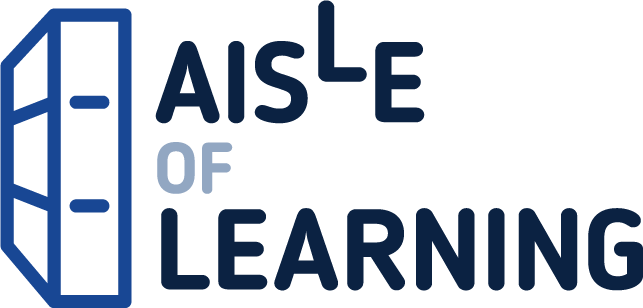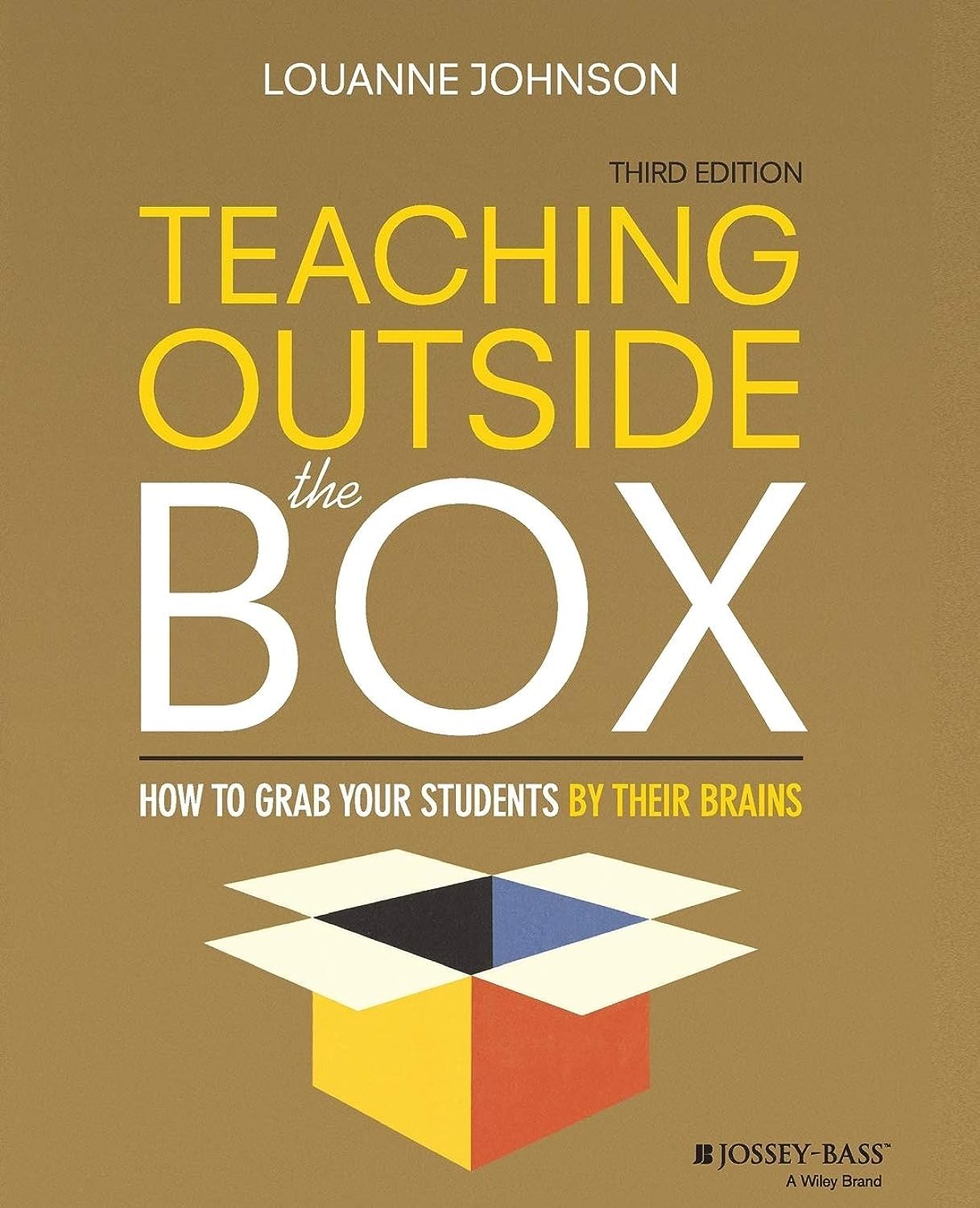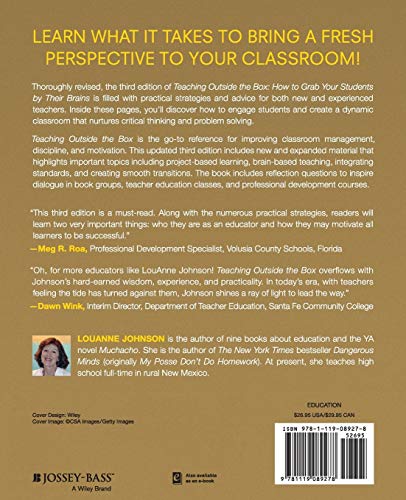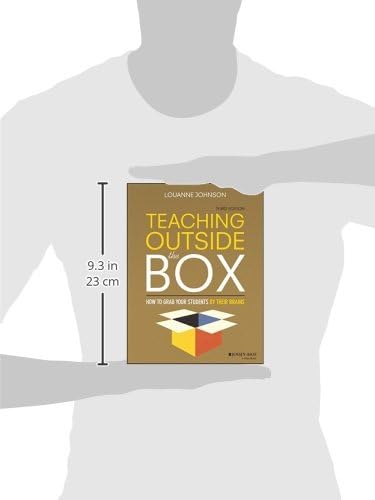Bring a fresh perspective to your classroom Teaching Outside the Box: How to Grab Your Students by Their Brain, Third Edition integrates practical strategies and engaging advice for new and experienced teachers. Whether you are preparing for your first year of teaching or have been working in the classroom for decades, this conversational book provides you with answers to the essential questions that you face as an educator–how to engage students, encourage self-directed learning, differentiate instruction, and create dynamic lessons that nurture critical thinking and strategic problem solving. This updated edition includes expanded material that touches on Project-Based Learning, brain-based teaching, creating smooth transitions, integrating Common Core into the classroom, and other key subject areas. Questions for reflection at the end of each chapter help you leverage this resource in book groups, professional development courses, and in both undergraduate and graduate classes. The art of teaching is one that evolves with changing educational standards and best practices; to be the most effective teacher possible, daily self-reflection is critical, along with a need to see things from a different perspective. This means we must step outside the box–moving our focus from ‘fixing’ the students when a problem arises to helping a teacher improve his or her practice. Improve classroom management, discipline, motivation, and morale Explore strategies for arranging your classroom, engaging students, and avoiding the misbehavior cycle Create an environment where students learn and teachers teach Leverage insight from teachers and students Teaching Outside the Box: How to Grab Your Students by Their Brain, Third Edition is an essential resource for teachers at any stage in their careers.
Teaching Outside the Box: How to Grab Your Students By Their Brains
$13.00
This book serves as a resource for the home educator to improve teaching strategies and enhance the student’s learning experience.
Additional information
| Weight | 0.517 lbs |
|---|---|
| Dimensions | 17.5 × 2.5 × 22.9 in |
Teaching Outside the Box: How to Grab Your Students By Their Brains
$7.96
This book serves as a resource for the home educator on effective teaching strategies and classroom management.
The handbook for improving morale by managing, disciplining and motivating your students This second edition of the bestselling book includes practical suggestions for arranging your classroom, talking to students, avoiding the misbehavior cycle, and making your school a place where students learn and teachers teach. The book also contains enlivening Q&A from teachers, letters from students, and tips for grading. This new edition has been expanded to include coverage of the following topics: discipline, portfolio assessments, and technology in the classroom. Includes engaging questions for reflection at the end of each chapter Johnson is the author of The New York Times bestseller Dangerous Minds (originally My Posse Don’t Do Homework) Contains a wealth of practical tools that support stellar classroom instructionThis thoroughly revised and updated edition contains comprehensive advice for both new and experienced teachers on classroom management, discipline, motivation, and morale. From the Author: Top 10 Techniques for Effective Teaching Author LouAnne Johnson These ten techniques are the focus of the Effective Teaching courses I teach. The feedback from new and veteran teachers is consistent: they work! Ready, Set, Go. The #1 tool of effective teachers is the Do Now or Get Started (master teacher/author Fred Jones refers to this routine as Bellwork). Whatever you choose to call it, use this strategy consistently and you will see student engagement skyrocket and misbehavior plummet. From the first day of class and every day thereafter, make sure students have something useful (not busy work) to do the moment they enter your classroom. Post your instructions in the same place every day so that students can find them quickly. The options are limitless, but here are a few examples: post a few problems based on the previous day’s lesson for students to solve individually or with partners; post a photo or quotation and have students respond to it in writing; distribute a letter that contains spelling and grammatical mistakes for students to correct; write a vocabulary word on the board for students to look up in the dictionary and use in a sentence; post a picture of an animal on the board and have young students find other pictures of the same animal throughout the room. The keys to success here are consistency, interesting and appropriately challenging tasks, and acknowledging the cooperation of students with sincere verbal praise. Teach (and re-teach) Routines. Effective teachers establish routines — either intentionally or instinctively. They consider every activity that is likely to occur with frequency and they teach students how to transition to and from that activity. Teaching students to respond, “Eyes on You” when the teacher says “One Two” is a much faster and more effective method of gaining student attention than hollering, “Quiet!” or “Please stop talking.” Consider creating standard routines for entering the classroom, responding to teacher questions (raise your hand first or just speak out?), turning in homework/assignments, distributing or collecting materials and books, hushing when the PA system comes on, standing behind chairs quietly to wait for dismissal at the end of class, etc. It takes a bit of time to teach students routines but once they are learned, you will make up the time ten-fold because students will operate the way well-trained employees do. This isn’t to say that we want them to be mindless robots. Just the opposite. We want them to be thinking humans. Control Your Classroom, Not Your Students. Banish the thought that you can control students. It’s a waste of everybody’s time and is bound to frustrate you. But do hold firmly to the thought that you can control your classroom. Decide what kind of atmosphere you want to create, and then consider what behaviors will be required from students to make your dream classroom possible. This approach will lead you towards creating a behavior code [Respect yourself and everybody in this room] or a short list of Be’s & Do’s [be respectful, be safe, do your best], instead of a list of specific rules such as “No name-calling,” or “No running.” Those broad categories cover dozens of behaviors and you can quickly remind students of the required standards of behavior for your classroom when they stray by asking them questions: Is that respectful? Are you truly doing your best? This method doesn’t lock you into specific rules, and doesn’t require that you waste time issuing consequences and punishments, but gives you a broad base from which to guide and correct students. Make Students Responsible for Their Behavior. If you have students who are determined to disrupt your dream classroom, remember: most misbehavior is not about you. Unless you have said or done something to offend or anger a student, don’t take the student’s behavior personally. There is always a reason for a student’s behavior (she could be hungry, neglected or abused at
Additional information
| Weight | 0.522 lbs |
|---|---|
| Dimensions | 17.8 × 2 × 23.5 in |
Reviews
There are no reviews yet.












!["Collector's Edition" Factory costs; a work of reference for cost accountants and factory managers 1911 [Premium Leather Bound]](https://m.media-amazon.com/images/I/412G0tw6OYL.jpg)
Reviews
There are no reviews yet.